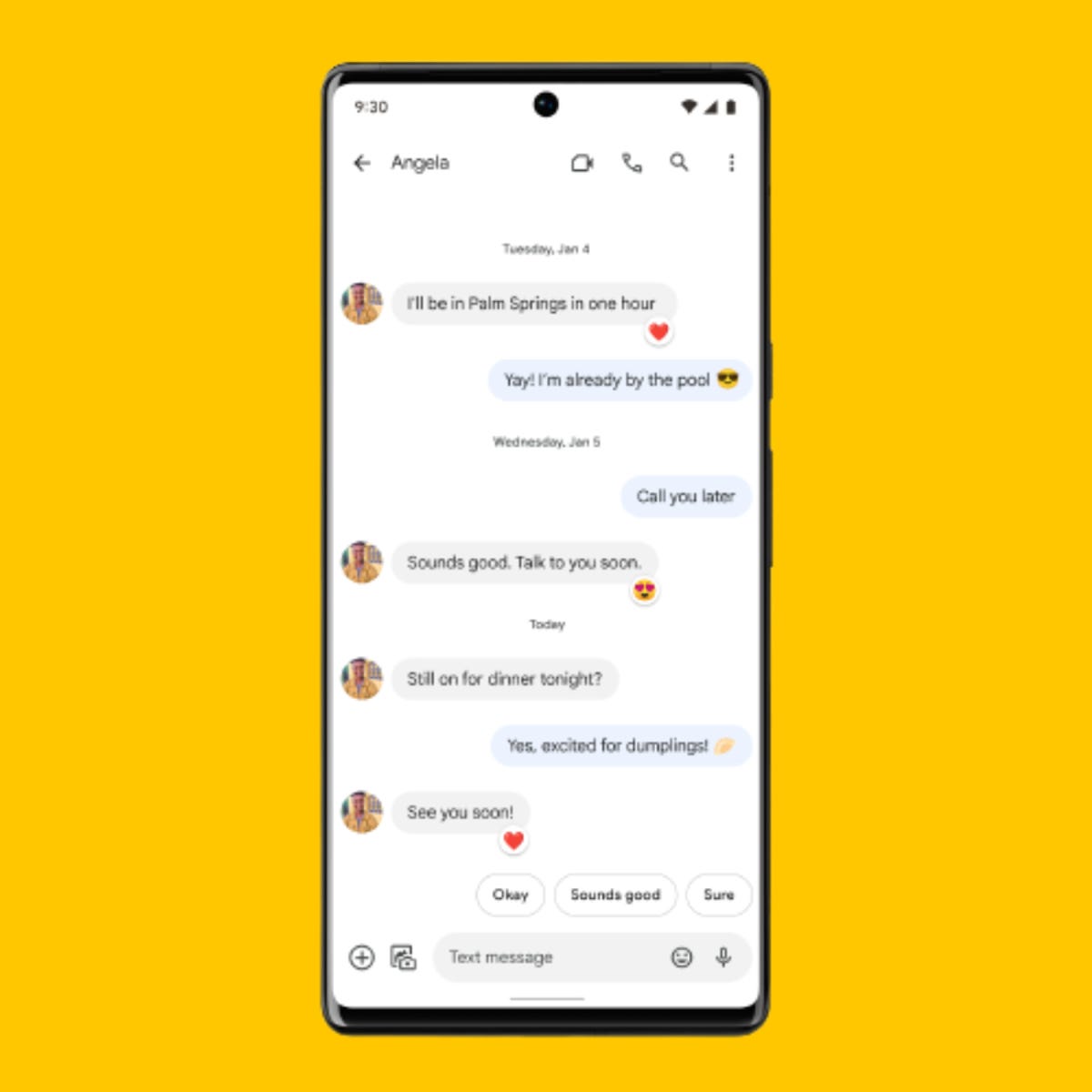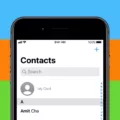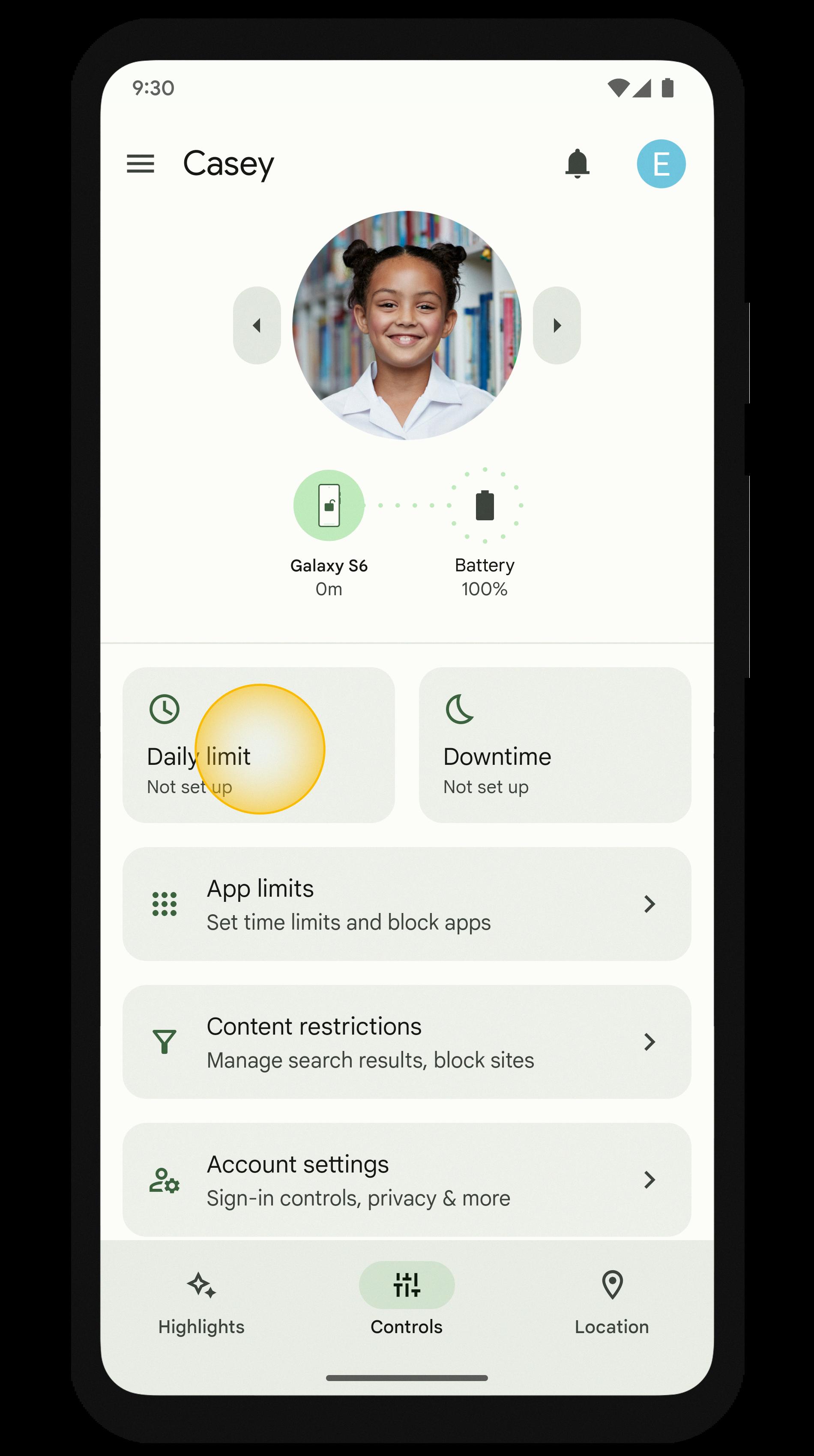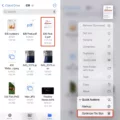Text bubbles are an integral part of our everyday communication on Android devices. They help us easily identify and differentiate between messages from different contacts. But did you know that you can actually change the color of your text bubbles? you heard it right! Android allows you to customize the appearance of your text bubbles to suit your personal style and preferences.
To begin with, you can change the color of your text bubbles by navigating to the Settings menu on your Android device. From there, go to Accessibility and then select Text and display. Here, you will find options to apply Color Correction or Color Inversion. By applying Color Correction, you can change the color of your text bubbles to your liking.
Alternatively, you can also apply Color Inversion from the same menu. This feature flips the colors on your device, giving you a device-wide color change. However, do keep in mind that this may affect the appearance of other elements on your device as well.
If you’re looking for more control over the color of your text bubbles, there are third-party apps available on the Google Play Store. These apps allow you to manually adjust and customize the color of your text bubbles, giving you a wide range of options to choose from.
It’s worth noting that the color of your text bubbles in Android Messages can also indicate the type of message being sent. If the message is being sent via RCS (Rich Communication Services), the text bubble will appear darker. On the other hand, if the message is being sent via SMS/MMS, the text bubble will have a lighter color.
For those using Google Messages, the color of the text bubbles is determined by the colors in your wallpaper. By changing your wallpaper, you can get different color themes in the Wallpaper settings. You can also select a “basic color” by long-pressing on a blank area on your home screen and selecting Wallpaper & style. From there, choose one of the available basic colors or color combinations to change the color of your text bubbles.
In conclusion (oops, I mean, to sum up), Android allows you to customize the color of your text bubbles to make your messaging experience more personalized and visually appealing. Whether you want a simple color change or a complete inversion, Android has got you covered. So go ahead, explore the options and have fun customizing your text bubbles!

How Do You Change the Color of the Text Box on Android?
To change the color of the text box on Android, you can follow the steps below:
1. Go to the “Settings” menu on your Android device.
2. Look for and tap on the “Accessibility” option.
3. In the Accessibility menu, find and tap on the “Text and display” option.
4. Within the Text and display settings, locate and select the “Color Correction” option.
5. Apply the color correction settings to change the color of the text box. This will vary depending on your device and Android version, but you may have options like “Color inversion” or “Color correction mode” to choose from.
6. If you want a device-wide color flip, you can select “Color inversion” from the Text and display settings menu. This will invert the colors of the entire device, including the text boxes.
7. If you prefer more manual control over changing the text bubble color, you can explore third-party apps available on the Google Play Store. These apps offer additional customization options for text box colors.
Why Do Your Text Messages Change Color on Android?
Text messages change color on Android because of the implementation of Rich Communication Services (RCS). RCS is a protocol that allows for enhanced messaging features, such as read receipts, typing indicators, high-quality media sharing, and more. When you send a message using RCS, it is indicated by a darker color in the messaging app.
The color change serves as a visual distinction between messages sent via RCS and those sent using the traditional Short Message Service (SMS) or Multimedia Messaging Service (MMS) protocols. SMS and MMS messages typically appear in a lighter color.
The purpose of this color differentiation is to provide users with a clear indication of the messaging features available for each conversation. By using RCS, you can enjoy a more interactive and feature-rich messaging experience, while SMS/MMS messages offer more basic functionality.
Can You Change Colors in Google Messages?
It is possible to change colors in Google Messages. The color theme in Google Messages is based on your wallpaper. By changing your wallpaper, you can have different color themes in the Wallpaper settings of Google Messages.
To change colors in Google Messages, follow these steps:
1. Open the Google Messages app on your device.
2. Tap on the three-dot menu icon in the top right corner of the app.
3. From the menu, select “Settings.”
4. In the Settings menu, tap on “Chat features.”
5. Scroll down and find the “Wallpaper” section.
6. Tap on “Choose wallpaper” or a similar option.
7. You will be presented with a selection of wallpapers to choose from.
8. Select the wallpaper you want to use by tapping on it.
9. Once you have chosen a wallpaper, the color theme in Google Messages will change accordingly.
10. You can repeat these steps whenever you want to change the colors in Google Messages by selecting a different wallpaper.
By changing your wallpaper, you can customize the color theme in Google Messages to your liking. Remember that the available color themes will depend on the wallpapers you have on your device.
How Do You Change the Text Bubble Color in Google Pixels?
To change the text bubble color on a Google Pixel device, you can follow these steps:
1. Start by accessing the home screen of your device. You can do this by pressing the home button or swiping up from the bottom of the screen.
2. Long press on an empty area of the home screen. This will bring up a menu with various options.
3. From the menu, select “Wallpaper & style.” This will open the wallpaper and style settings.
4. In the wallpaper and style settings, you will find an option called “Basic colors.” Tap on it to proceed.
5. Within the basic colors options, you will see a variety of color choices or color combinations. These colors are derived from the colors in your current wallpaper.
6. Select the color or color combination that you prefer for your text bubble. Keep in mind that the available options may vary depending on your device and Android version.
7. Once you have chosen your desired color, the text bubble color will be automatically updated throughout your device’s messaging apps.
By following these steps, you can easily change the text bubble color on your Google Pixel device.
Conclusion
Changing the color of your text bubble on Android devices can be done through the settings menu. By navigating to Settings > Accessibility > Text and display, you can apply Color Correction or Color inversion to change the overall color scheme of your device. Additionally, third-party apps can provide more control over text bubble color customization.
It’s important to note that the color of the text bubble in Android Messages indicates whether the message is being sent via RCS or SMS/MMS protocols. RCS messages are represented by darker bubbles, while SMS/MMS messages appear in the default color.
Furthermore, Google Messages uses the colors in your wallpaper to determine the color of your text bubble. By changing your wallpaper, you can achieve different color themes in the Wallpaper settings. Additionally, you can select a “basic color” by long-pressing on a blank area on your home screen and selecting Wallpaper & style > Basic colors. This allows you to choose from a range of available colors or color combinations for your text bubble.
Customizing the color of your text bubble on Android devices provides a personalized touch to your messaging experience and can be easily achieved through the device settings or by using third-party apps.












